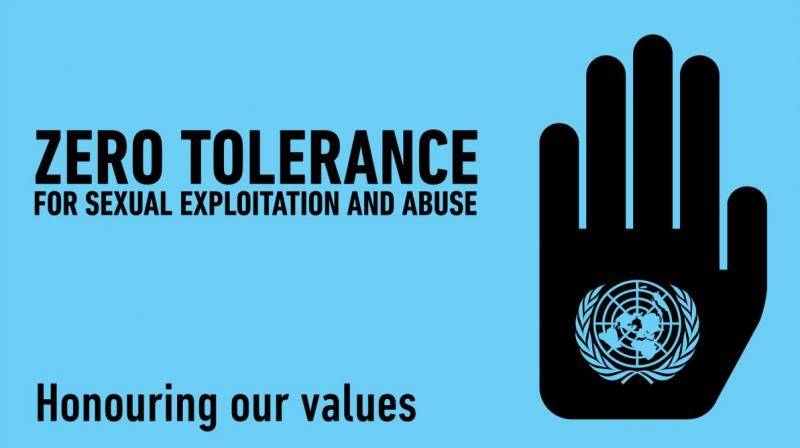After #BoisLockerRoom, CBSE releases cyber safety guide for students
Students are told to block and if need be report as soon as possible if someone makes them uncomfortable on a social networking site.

New Delhi: From measures to deal with cyber bullying and stalking to digital rights, freedom and responsibilities, the Central Board of Secondary Education (CBSE) has come up with a cyber safety manual for students from class 9 to 12 to ensure development of safe and healthy online habits among them.
The guidelines are significant as they come after an Instagram chat group called Bois Locker Room was exposed, revealing that 17-18-year-old boys from affluent Delhi homes objectified and sexualised their female classmates in crass terms, body shamed them and even discussed possibly raping them.
Apart from online sexual abuse, the manual has covered cyber safety topics such as cyberbullying, including social exclusion, intimidation, defamation, emotional harassment, cyber radicalisation, online attack and frauds and online enticement, it also talks about nine elements of digital citizenship digital access, literacy, communication, etiquette, health and wellbeing, rights, freedom and responsibility, security and law.
The manual, developed in collaboration with Cyber Peace Foundation, has also prescribed activities to assess the knowledge of students on the topics covered.
“Many young people are confident in using a wide range of technologies and often turn to the internet for information but the confidence with digital technology can also be misleading. Many of them frequently struggle when applying them to research tasks, the CBSE said.
They can find it difficult to work out whether information on an unfamiliar website is trustworthy, and rely on their chosen search engine’s rankings for their selection of material, the board said.
“They may not understand how search terms work or of the powerful commercial forces that can result in a particular company being top of the search engine’s list. They may not be aware of the lurking risks and threats and the fact that some of their actions can invite them trouble,” the CBSE said.
How to navigate through the cyberspace, ability to find and select information, identifying fake news, opportunities and risks, caution against revenge pornography, hazards of providing sensitive information online, how to report inappropriate content, are among the subjects addressed by the manual in detail
The board said that a fine line separates bullying from teasing. Different people have a different threshold of tolerance for being able to take teasing or cyberbullying .
Students must know and understand what cyberbullying is and never engage in that kind of behaviour, it said.
The CBSE said students need to be told that they must block and if need be report using the site’s reporting function as soon as possible if someone makes you uncomfortable on a social networking site.
“Cyberstalking is when an individual is repeatedly or constantly followed, watched or contacted through any electronic means. The movement of the child is tracked and privacy is invaded or persistent efforts are made to contact someone against their will through text, email, social media, or other digital platforms,” it added.
The manual also has tips for students on digital health and wellness.
“Digital health and wellness is the ability to use technology like mobile phones, laptops, desktops and tablets and not using too much till the point where it hurts. Excessive and improper use of technology could lead to lifestyle changes that affect everyday life negatively,” the CBSE said.

